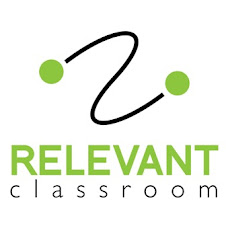Here’s what you need:
Two fly swatters
3”X 5”cards with the definitions of each word written on one side
3”X 5” cards with the words that match the definitions written on one side
(20 cards of both the words and 20 of their definitions is a good number for play)
4-6 students ready to play
A parent volunteer/student teacher to assist is ideal.
Spot ‘N Swat can be played as a team or individually. Place the 3” X 5” cards with words in columns and face up on a flat surface so that all of the words are easily seen by students. Write the definition for each word on another 3”X5” card. Ask a volunteer or student teacher to lead this and you can stay in the classroom and continue teaching. The volunteer holds all of the definitions in hand and reads the definition (one by one) and the students must spot and then swat with the fly swatter the correct word that matches the definition. The student who swats the correct word first gets to keep that card and the team with the most cards in the end, wins. Students continue to try until they find the correct word. This game can be used for a variety of subject areas and their definitions and can be modified to accommodate your needs.







